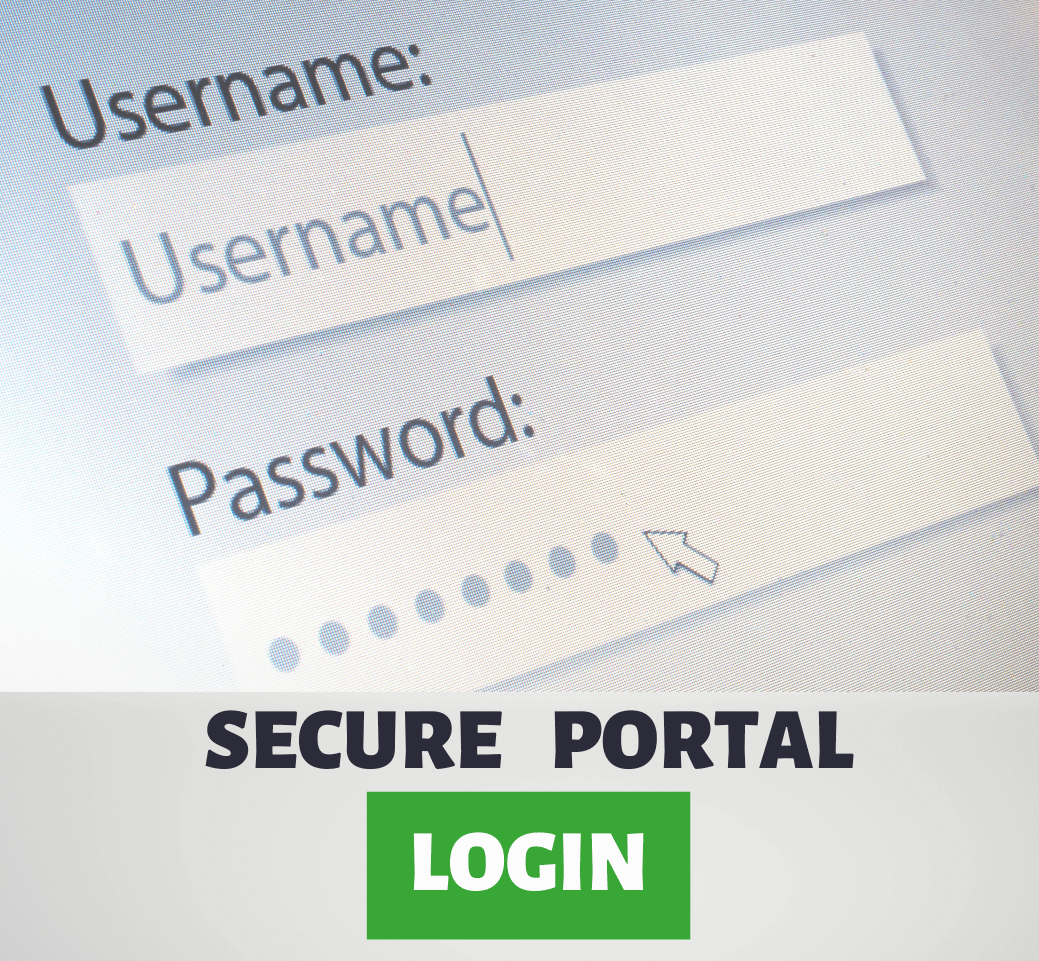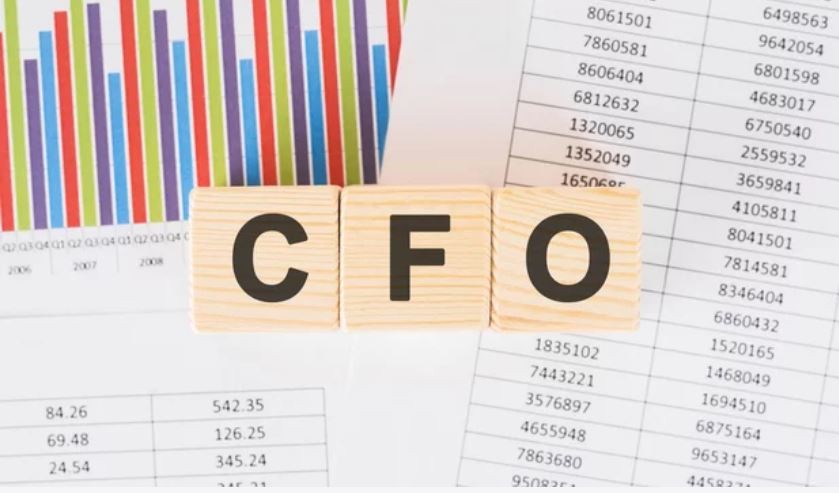JobMaker Hiring Credits

The JobMaker hiring credit announced in the 2020/21 Federal Budget has now been passed into law. The intention behind the JobMaker credit legislation is to counter the effects of COVID-19 which had a major impact on unemployment, particularly amongst the younger workforce.
JobMaker is a credit available to eligible businesses for hiring additional employees (not if you are merely replacing someone who left). The hiring credit is available (and can be backdated) for jobs created from 7 October 2020 until 6 October 2021. The credits available are:-
- $200 per week for new employees aged between 16 and 29 years and
- $100 a week for new employees aged between 30 and 35 years.
- The payment will commence from the start date of employment and run for 12 months.
Where the ‘additionality’ test is passed, 12 months’ of credits can be claimed for employees hired from 7 October 2020 until 6 October 2021 (i.e. 12 months from initial hire, even if this occurs in February 2021 – that is 12 months of credits until February 2022). The credit will be claimed quarterly in arrears by the employer from the ATO from 1 February 2021. The credit is an incentive for the employer to support wage costs and is not passed onto the employee.
Is My Business Eligible for JobMaker Credits?

To be eligible for JobMaker employers must:
- Have an ABN and be registered for Pay-As-You- Go (PAYG) withholding
- Be up to date with their tax lodgement obligations including GST
- Be reporting payroll via Single Touch Payroll
- Have a total headcount and payroll increase. If the headcount or payroll decreases or remains the same, JobMaker cannot be claimed for that period
- Not be claiming JobKeeper payments
- Not be Government entities or agencies, banks and other institutions subject to the bank levy, businesses in liquidation, and foreign Government entities (unless a resident entity).
An employee will be eligible when:
- Additional staff member appointed aged between 16 to 35 years at the time of hiring
- New employee was in receipt of JobSeeker, Youth Allowance or Parenting Payment for at least one month within the 3 months prior to hiring
- New employee will be working an average of 20 paid hours per week or more.
The JobMaker Hiring Credit scheme requires ongoing quarterly measurement and reporting of eligibility and employers will need to continuously compare the following items from current to previous quarter as a baseline:
- Headcount Numbers - If the headcount decreases or remains the same, JobMaker cannot be claimed for that period. For example, an employer had five staff and hired an additional two eligible employees in late October 2020, the business can claim JobMaker credits for the two new employees but if one of their original staff members were to resign, the business can only claim JobMaker for one eligible employee as the overall headcount has only increased by one compared to the previous quarter’s baseline.
- Overall Payroll Increase - A similar baseline concept applies to payroll. If a business employs new eligible employees but their overall payroll remained the same or only increased marginally, then the JobMaker credit will only be the additional payroll amount. That is, if the JobMaker credit for the new eligible employees for the quarter is $4800, but the total payroll compared to the previous quarter only increased by $1500, then the JobMaker credit receivable would be $1500. The JobMaker credit cannot exceed the increase in payroll.
- Tracking of Hours Worked by Eligible Employees – employers will need to keep records of hours worked by the eligible employees to measure that an average of 20 hours per week over the course of the quarter is o be able to claim he JobMaker credit.
Employers will need to ensure they pass these ‘additionality’ tests before claiming each quarter.

Your headcount and payroll increase is measured on the last day of each reporting period from the date your first new employee started. For example, if your first new employee joined in October 2020, your baseline is set at that point. If a new employee starts in January 2021, your payroll and headcount baseline is measured from the last reporting period, in this case, December 2020 for headcount and the December quarter for payroll. That is, your baseline commences from the date your new employee starts and then is reassessed each reporting period to ensure there is an increase.
JobMaker is available for 12 months for eligible employees hired from 7 October 2020 until 6 October 2021. If you hire new employees from January 2021, JobMaker is available for 12 months for these employees assuming that the employees and business are eligible and the ‘additionality’ test is passed each quarter.
The baseline for the ‘additionality’ tests – headcount and payroll - starts from the start date of your new employee. The Government has indicated that the baseline for the ‘additionality’ test will be adjusted in the second year of the program to ensure an employer can only receive JobMaker for 12 months for each additional position created. The detail of exactly how these rules will work has not been released as yet.
Businesses with no employees on 30 September, cannot claim JobMaker for their first employee. However, JobMaker can be claimed for your
second and any subsequent employees that started on or before 6 October 2021.
Can a Business Claim JobKeeper and JobMaker Credits at the Same Time?
No. Once your business exits JobKeeper and is no longer receiving JobKeeper payments for any employees or business participants, if
eligible, the business could then start to receive JobMaker credits. The business is eligible for the hiring credit in the reporting period
following your JobKeeper exit date.

Summary
For any employer who is currently hiring or intending to hire young jobseekers and is likely to meet the eligibility criteria, it is important to initially register for (via the ATO’s approved participation form available from 6th December 2020) and to consider the processes and procedures to monitor, track, record, report and claim credit entitlements, as well as meet the quarterly administration requirements. It is important to remember that the purpose of the legislation is to create new jobs for young workers. The Government referred to the Fair Work Act as a measure to ensure older workers were not exposed to risk of dismissal due to employers hiring younger, ‘subsidised’ workers in their place.
As always, don't hesitate to contact us to discuss any aspects of this article.
This article forms part of our Business Accelerator Magazine. Download the latest edition HERE or browse other articles from this edition below:
- Is it the Right Time to Start a Business?
- Recession Buster Edition #3 - How to Increase the Value of Your Average Sale
- Return to Top
Disclaimer: This newsletter contains general information only. No responsibility can be accepted for errors, omissions or possible misleading statements. No responsibility can be accepted for any action taken as a result of any information contained in these articles. It is not designed to be a substitute for professional advice and does not take into account your personal circumstances.









